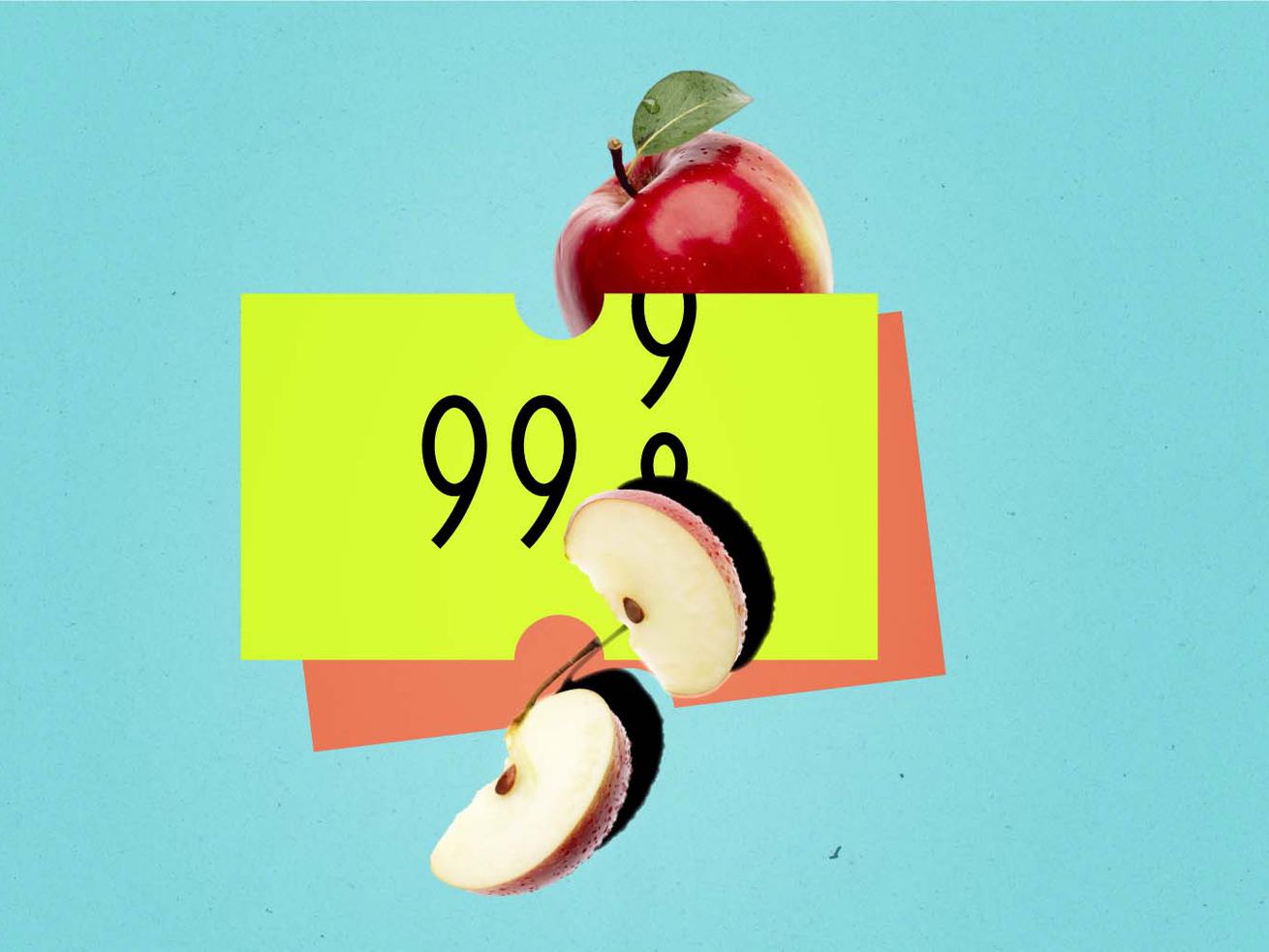
Food prices continued to rise in September as consumers spent more on everything from meat and cereal to fruits and vegetables.
Rising inflation continues to strain American households, and stubbornly high prices have been especially evident for shoppers at the grocery store.
A jump in inflation in September was partly fueled by rising food prices, according to a Consumer Price Index report released on Thursday. Overall inflation rose 8.2 percent from a year ago, driven by gains in food, rent, and medical care costs.
In September, food prices rose 11.2 percent compared to a year ago and 0.8 percent from the month before. Everything from meat and cereal to fruits and vegetables grew more expensive. Food prices at restaurants also climbed 0.9 percent from the month before, while food at home increased 0.7 percent.
Food has become more expensive for a range of reasons. Increased gas prices and labor shortages have driven up costs for businesses. The war in Ukraine has disrupted exports of wheat, sunflower oil, and other produce, straining the global food supply and pushing up prices. And climate-related issues, such as a drought in the Western portion of the United States, have lowered crop yields.
“Spikes in costs due to labor, production disruptions, transportation demands, and global conflict are affecting every aspect of the food business,” Andrew Harig, the vice president of tax, trade, sustainability, and policy development at The Food Industry Association (FMI), said in a statement after the CPI report’s release. “Today’s numbers make it clear that there is still work to be done to address these issues.”
Supply chain disruptions, war, and drought have driven up prices
Food prices have spiked for many reasons during the pandemic, but they first started to rise because of increased demand.
Gregory Daco, the chief economist at EY-Parthenon, said that food prices began to rise earlier in the pandemic as people stocked up on food from the grocery store, leading to a jump in demand. Restaurant prices also picked up as more businesses reopened and consumers felt increasingly comfortable dining out. Since then, supply constraints have put additional pressure on food prices, Daco said.
“Now you’re left with this environment where prices are elevated on both sides, and you’re seeing supply constraints,” Daco said.
David Ortega, a food economist and associate professor at Michigan State University, said that much of the rise in food prices has been a result of lingering pandemic-era supply chain disruptions. Increased gas prices have made it more expensive for farmers and retailers to transport food products around the country. Worker shortages have resulted in businesses paying more for labor. Farmers have also faced higher input costs for things like fertilizer. Costs have risen at nearly every step along the supply chain, and some of those increases have been passed on to consumers.
Russia’s invasion of Ukraine has also tightened the global food supply: Ukraine is a major producer of wheat, sunflower oil, and other food products. Russia had blocked agricultural shipments from leaving the Black Sea region, although the two sides reached an agreement over the summer that allowed Ukraine to restart grain exports and helped lead to a drop in global food prices.
Climate-related issues have also hit the food supply. A drought in California has led to lower crop yields for fresh produce, Ortega said. Summer crops such as tomatoes and onions have withered, while leafy greens grown in the winter could be impacted. With less available food on the market, prices could continue to spike.
A deadly avian flu outbreak this year has also affected millions of birds, disrupting the supply of poultry and eggs from commercial farms and contributing to higher consumer costs, Ortega said.
Ortega said there are some reasons to believe that price gains could start to slow next year; falling global food commodity prices could trickle down to prices at the grocery store and supply chain issues could ease over time. But he said that food prices will likely remain elevated at least through the end of the year as the holiday season is underway.
“In the short term, it’s safe to say that we’re going to continue to see these sustained high price levels,” Ortega said.

0 Comments